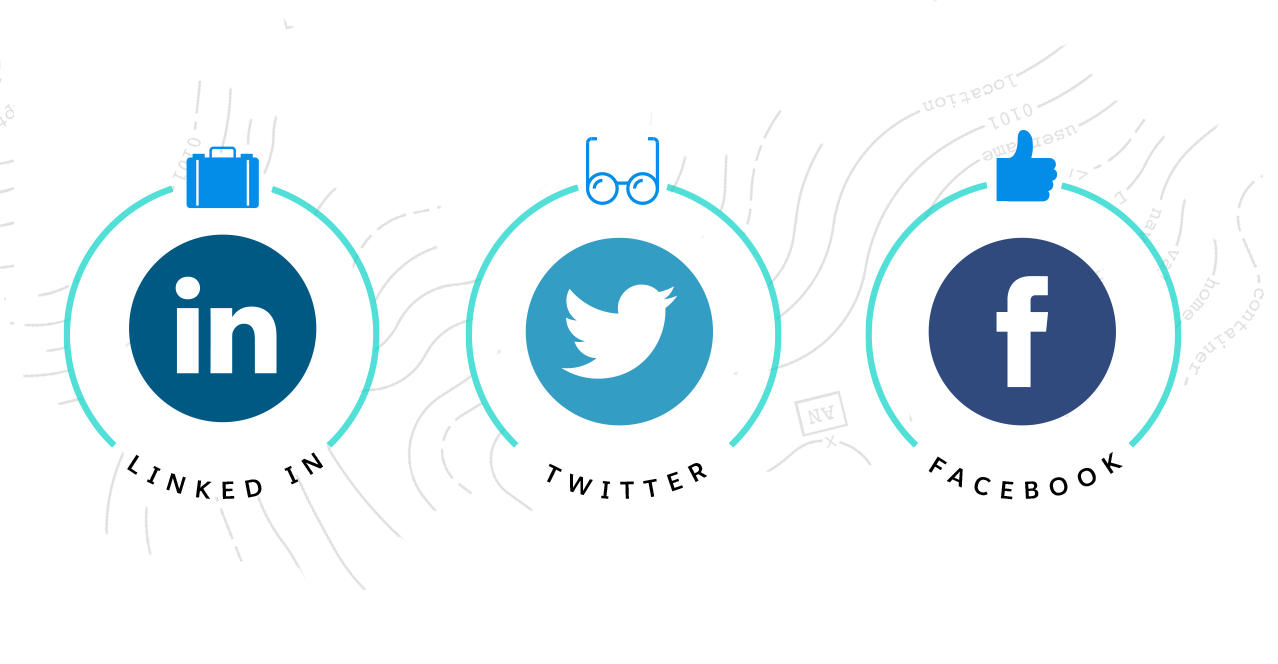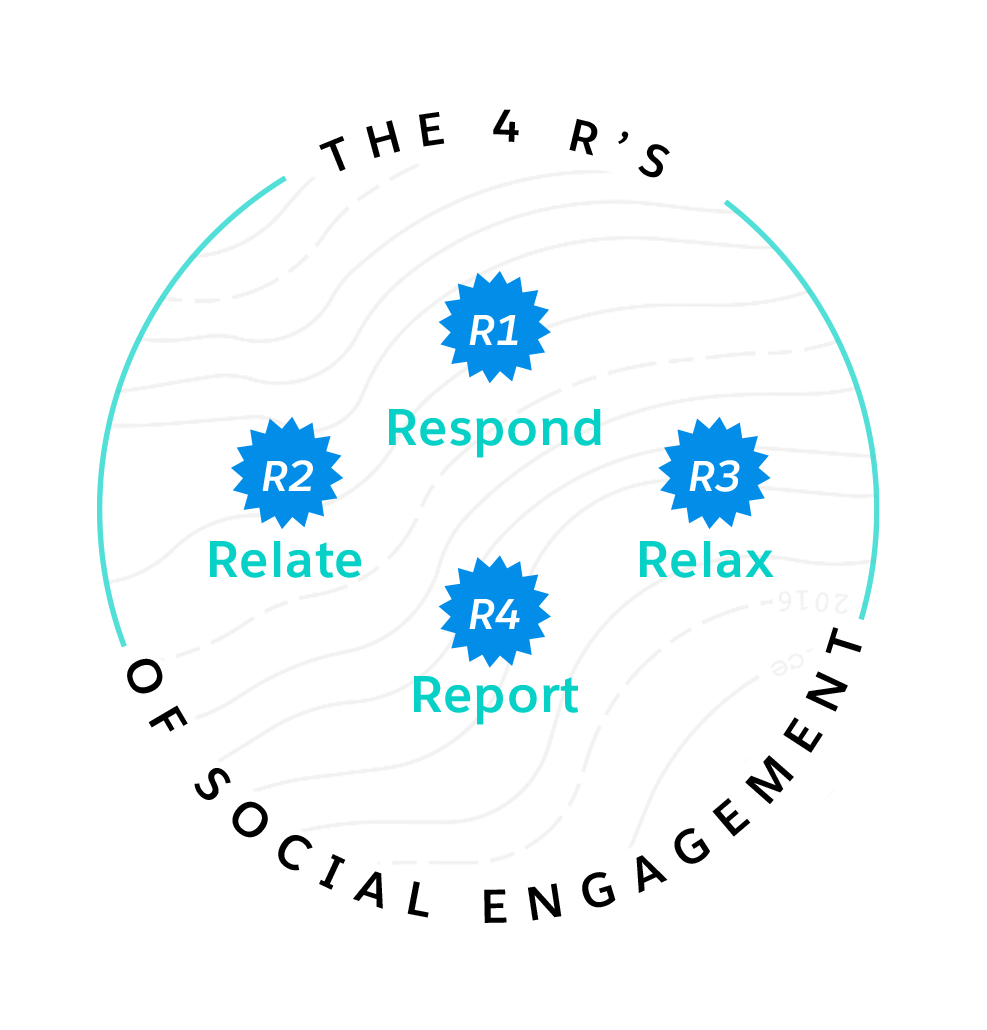EducationEducation
- AppExchange Partners (ISV)
-
Resellers
-
Reseller Marketing Journey
- Get_Organized_Before_You_Get_Started
- Incorporating_Salesforce_Into_Your_Brand
- Crafting_Your_Marketing_Strategy_And_Plan
- Announcing_Your_Salesforce_Partnership
- Build_Sales_Pipeline
- Executing_Lead_Gen_Email_Campaign
- Building_A_Social_Media_Prescence
- Host_a_Learning_Event_About_the_Power_of_Salesforce_Sales_Cloud
-
Reseller Marketing Journey
-
General Topics
-
Topics (A-Z)
- AppExchange_Listing
- AppExchange_Cha
- AppExchange_Tech_Talks
- Branding_Guidelines
- Case_Packs
- Consent Compliance Lead and Project
- COVID_19
- Custom_Metadata_Types
- Customer_Stories
- Digital Marketing Program
- Due_Diligence_Review_new
- Drive_Global_Impact_with_AppExchange_v2
- Education Home Page
- Einstein_Account_Based_Marketing
- Environment_Hub
- GDPR
- Industries
- Innovate_with_Cutting-Edge_Platform_Technology_v2
- Legal_Center
- Lightning_Bolts_Launch
- Lightning_Ready
- Maps_Education_new
- Maps_Education
- MuleSoft
- NewsRoom
- Partner_Ohana_Hub
- Pardot_Integrations
- Partner_Account_Manager
- Partner_Business_Org
- Partner_Communications
- Partner Community Admin Overview
- Partner_Community_User_new
- Partner_Community_User
- Partner_Connect
- Pardot_Resource_Central
- Pardot_B2B_Marketing_Analytics
- Partner_Marketing_Center_new
- Partner_Orgs_new
- Partner_Program
- Partner_Referral_Benefit_Overview
- Partner_Social_Impact_Center
- Partner_Experience
- Partner_Success_Services
- Partner_Support_new
- Partner_User_Groups
- PR_Guidelines
-
Products
- B2C_Commerce_for_LINK_Tech_Partners
- Community_Cloud
- Datorama Education
- Datorama_Education_new
- Einstein
- Einstein_Analytics
- Heroku
- Live_Message
- Marketing_Cloud
- myTrailhead
- Pardot
- Premier_Success
- Quip
- Sales_Cloud
- Salesforce1
- Salesforce_Advantage
- Salesforce_CPQ
- Salesforce_DMP
- Salesforce_IoT
- Salesforce_Platform
- Service_Cloud
- Training_Reseller
- Work_com
- Product_Development_Outsourcer
- Release_Readiness_for_Partners
- Sales_Central
-
Salesforce.org
- CumulusCI
- Education_Cloud_Academy
- Education_Training
- Nonprofit_Cloud_Academy
- Nonprofit_Training
- Salesforce_Advisor_Link
- SFDO_Accounting_Subledger
- SFDO_Admissions_Connect
- SFDO_Consulting_Enablement
- SFDO_Elevate
- SFDO_EMEA_Fundraising
- SFDO_Grants_Management
- SFDO_Insights_Platform
- SFDO_K12
- SFDO_Marketing_and_Engagement_Academy
- SFDO_PMM_Case_Management
- SFDO_Release_and_Roadmap
- Salesforce_Engage
- Salesforce_Orgs
- Salesforce_DX
- Salesforce_Proficiency_Pack
- Scale_and_Access_New_Markets_v2
- SPCMA
- Talent_Exchange
- Training
- Webassessor_for_Partners
- Talent_Alliance
- Partner_Learning_Camp
- Architect_Success_Program
- shareddiscovery
- Datorama_Service_Order_Submission_and_Non-Renewal_Instructions_for_AppExchange_Partners
- Partner_Advisory_Board
- Accredited Professional
- Test_Drive_Education
-
Topics (A-Z)
- AMP

Track 203: Building a Social Media Presence
This track is a basic guide to launching a social media effort to promote your Salesforce practice. You’ll learn:
Why social media belongs in your marketing mix
How to grow an audience
Five steps to launching a successful social presence
Content assets you can share
Additional resources that might be helpful
Why Social Media is a Good Investment
Many business-to-business marketers are unsure about the value of social media as a marketing tool. This is normal and natural. It’s a new world with new rules. Social media should be an indispensable tool in any B2B marketer’s mix for the following reasons:
It’s affordable:Social media is a cost-effective way to drive awareness, cultivate an audience, and build a reputation for expertise.
It’s interactive:Social media provides opportunities for you to listen to and respond to the market.
It generates leads: Social media connections can turn into leads.
It’s a laboratory: Social media can be a great channel to test new marketing ideas.
It can be targeted:Social media opens highly targeted paid marketing opportunities.
The Basic Formula for Audience Growth
For many companies, especially smaller ones, social media can seem overwhelming. And while social media planning and tactics can be complex, at its core, effective social media strategy is simple.
Growing your audience on any social platform boils down to these three simple steps:
Share consistent, valuable contentSend timely responsesAct like a human
Building your social media presence is straightforward if you follow this simple five-step process:
Plan
Publish
Listen
Engage
Measure
Planning is the first step in building your social media presence, and probably the most important. To make sure you plan effectively, break this step down into sub-steps:
1. Set objectives
2. Target audiences
3. Select channels
4. Decide who will create and approve social posts
5. Build your content calendar
1. Setting objectives
You’ll want to set clear objectives at the start. You do this by developing a vision for what you intend to accomplish with social media.
Consider audience development, lead generation, and thought leadership as potential objectives.
It’s important to build up agreement around objectives, document them, and share them throughout your department or company.
2. Target audiences
As with any marketing effort, understanding the audience you intend to reach is crucial. We recommend focusing on the audience that has specific needs your company can fulfill, and the power to drive a purchase decision.
Consider geographies, industries, and specific job titles.
3. Selecting channels
Next, you’ll need to identify the specific social media channels you will use. You’ll have to resist the temptation to have a presence on every channel. You should focus only on the channels that your key audiences are most likely to use, and where your content will be most welcome. Keep your effort manageable by only selecting channels that you can commit to publishing content on regularly.
Here is a basic breakdown of top B2B social channels. For a closer look at different social media channels, see the Salesforce Pardot B2B Social Media Guide to Best Practices white paper.
4. Decide who will create and approve social posts

LinkedIn: A network for businesses and professionals. For B2B marketers, there’s no better place for you to connect with your customers, and prove yourself as a subject matter expert and thought leader.
Twitter: A great place for you to establish yourself as an expert in your industry by posting links to relevant industry-related content, as well as your own content—all of which should always provide value to your followers.
Facebook: The world’s number one social media platform offers exciting opportunities for B2B marketers, particularly the new Facebook Live video feature, which can be a good way to show off new products or features and to engage with customers.
A prevalent myth: Social media content is free. While it’s true that posts don’t necessarily cost anything to distribute, the planning and creation of posts does require time and talent, and that means you need dedicated people for the effort.
Establish clarity early in the process around who will post social media content, how much time each week that person or team will devote, and whether any additional resources (such as freelancers) will be used.
It’s also important that you develop a fast-moving approval process whereby content can be reviewed as quickly and simply as possible. Responsiveness and timeliness is a big part of social media, so it’s important to make sure content doesn’t get slowed down by excessive approval chains.
5. Build your content calendar
A detailed calendar documenting which content will be posted when is a critical element to any social media effort. An effective content calendar accomplishes several things: Ensures your content is coherent and focused on topics that are timely, relevant, and interesting to your audience.
Provides guidance for the content creators about what to publish, when.
Ties social media content to other marketing efforts, so communications are fully integrated.
Content calendars are living documents that allow for flexibility and creative improvisation. Content creators should be responsive to current events. We’ve created a Social Content Calendar Template that you can use to get started.
It’s important to have variety in your content. When building your calendar, plan for several types of social posts:
Ongoing commentary: Posts that offer unique perspective on your industry and relevant current events. This is the bedrock of content upon which your social media presence is built.
Thought leadership content: These posts provide or link to deeper content in your chosen subject areas. (We’ve included links to Salesforce content that you can share later in this track)
Seasonal content: The calendar year dictates that certain types of content will be relevant at particular times of year.
Product/service content: A portion of your social content should speak directly to your products and services. It’s important, however, to keep these posts to a limited proportion of your total output so your audience doesn’t perceive you as being overly promotional. You don’t want to drive them to tune out.
Responsive content: These are posts that respond to what others are saying in conversations relevant to your company or industry. These can’t be pre-written, but you should plan to devote time to commenting and engaging on an ongoing basis. Make sure you follow relevant accounts of people and companies in your industry, so that you have an interesting feed of content with which to interact.
Visual content: Images, videos, and infographics tend to capture more engagement on social media. We recommend that at least a portion of your social content is delivered in a visual format.
Second, you PUBLISH
After you’ve created your content calendar, organized your teams, and established processes, it’s time to start publishing.
The process is simple. You create, approve, and postcontent as dictated by your calendar.
Work ahead
To avoid slowdowns and missteps, you’ll want to work ahead. You should have content creators developing posts and shareable content weeks or even months in advance (depending on how fast your approval process works).
Promoted posts
While posting social media content can be free, as you grow your audience you may want to consider using promoted social posts to expand your reach. Promoted posts are a powerful, necessary expense that should be worked into your marketing plan.
Different platforms have different approaches to promoted posts, but no matter the platform, these posts are a great way to ensure that your best content is seen by the right people.
Generally, you should consider promoting posts that offer your most compelling and valuable content, like white papers, video webinars, and infographics.
Third, you LISTEN
Social listening, also known as social media monitoring, is the act of tracking discussions about relevant topics on social media.
You want to listen to steady, focused conversations, not a barrage of a posts about a disorganized array of topics. This means you need to employ a social media listening tool to help you sift through the continuous social chatter to find the right conversations to focus on.
There are social-specific tools like Salesforce Social Studio, Sprout Social, Hootsuite, and TweetDeck. But it can also be done easily using Facebook or Twitter’s native search function, as well as those of Google and other search engines.
These tools allow you to seek out and pay attention to specific posts and conversations on social media. These conversations might be about your company, industry, or issues related to your products and services. You can also use listening tools to focus in on specific people, media, and companies that are most relevant to your marketing efforts.
Fourth, you ENGAGE
Social media is much more than a channel to push out content. It’s a place to have conversations. Interacting with followers and driving engagement is a crucial part of your social media marketing strategy. And it’s imperative that you approach engagement correctly.
We’ve broken these best practices down into the Four R’s of Social Engagement:
Respond:
Look for opportunities to interact with clients and prospects whenever possible. Follow them back, thank them when they retweet or ‘favorite’ a Tweet. Always respond to both positive and negative feedback.
Relate:
Your social channels provide your business with an important opportunity to be human and relatable. Be transparent, compassionate, and genuine when you respond to social media comments.
Relax:
Social media is an informal mode of communication. You should feel comfortable inserting some fun and lightness into your interactions.
Report:
You’ll want to make sure you track and report on engagement as a measure of overall social media performance.
Measuring social media performance can be intimidating. There’s a lot of information to digest. But it’s possible to deliver meaningful reports on progress without a big investment of time and money.
To begin, you should report on three basic elements:
Reach: This is the total number of people with whom you are communicating. It takes into account growth in your number of followers, and growth in the number of impressions your posts garner.
Engagement: This is the number of actions taken by someone who sees your social posts. This could be likes, shares, retweets, hearts, or comments. This can also include actions based on the post, such as liking a page or subscribing to a page. You should measure engagement over time, and use engagement metrics to note different posts that perform particularly well.
Clicks to website: Measuring clicks through to your website from links posted on social media is a great to way to evaluate your social media performance. To do this, make sure you post links that have tracking code built into them. This tracking code will then feed back into an overall database, helping you track which social networks are driving the most traffic and purchases.
Designing your report well is essential. Using easy-to-understand documents and layouts that you can assemble easily and share at regular intervals is key. To begin, a simple spreadsheet is likely enough. To get you started, try using this Social Media Performance Report Template.
As we mentioned, sharing interesting, timely, and relevant content is essential. Many marketers assume they have to create all the content they share themselves, but this is not the case. You can deliver great value and drive engagement by sharing quality content created by others, like relevant articles, studies, videos and infographic created by experts in your industry.
To help you start building a library of content, we’ve assembled some of Salesforce’s most popular content pieces. You should consider incorporating these into your content calendar and using them to support posts about Salesforce products you sell.
Example Social Media Posts
At the start, this can all seem a bit overwhelming. The first step is the hardest. To help, here are a few examples of social media posts written for specific social media channels.
We don’t recommend copying these posts, but rather using them as inspiration for your own original ideas. These are meant to serve as guiding examples of the types of posts you might want to create.

Example Social Media Posts
This track is only intended to cover the basics of social media marketing. If you are interested in learning more about any of the topics covered here, consider exploring these Salesforce resources:
Should B2B Marketers Really Care About Social?
The Latest Social Media Marketing Best Practices You Need to Know
20 Social Media Best Practices for Businesses
The B2B Social Media Guide to Best Practices
The Complete Guide to Social Media for B2B Marketers
Six Simple Ways to Get More Out of Social Marketing
50 Social Media Best Practices

